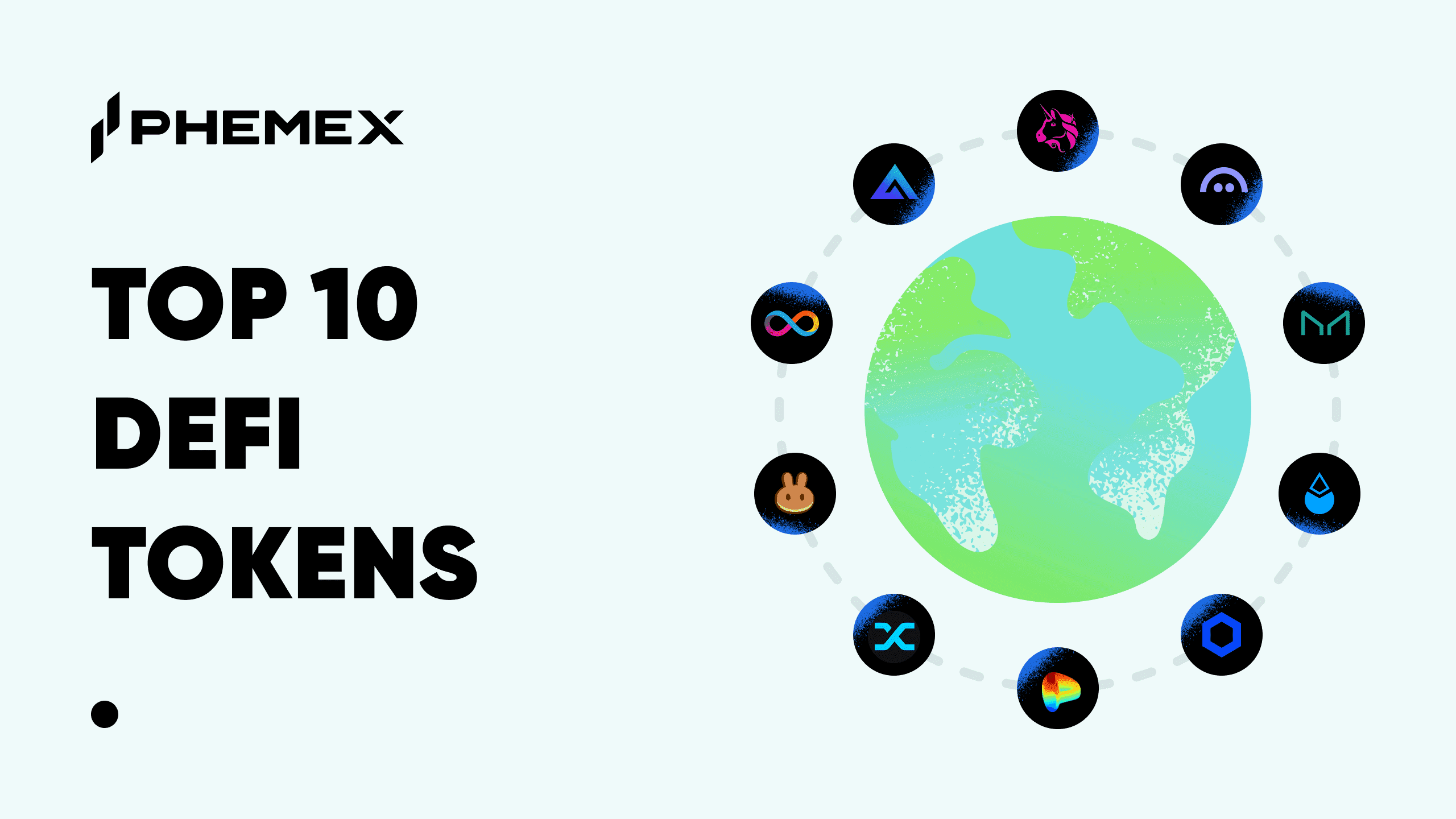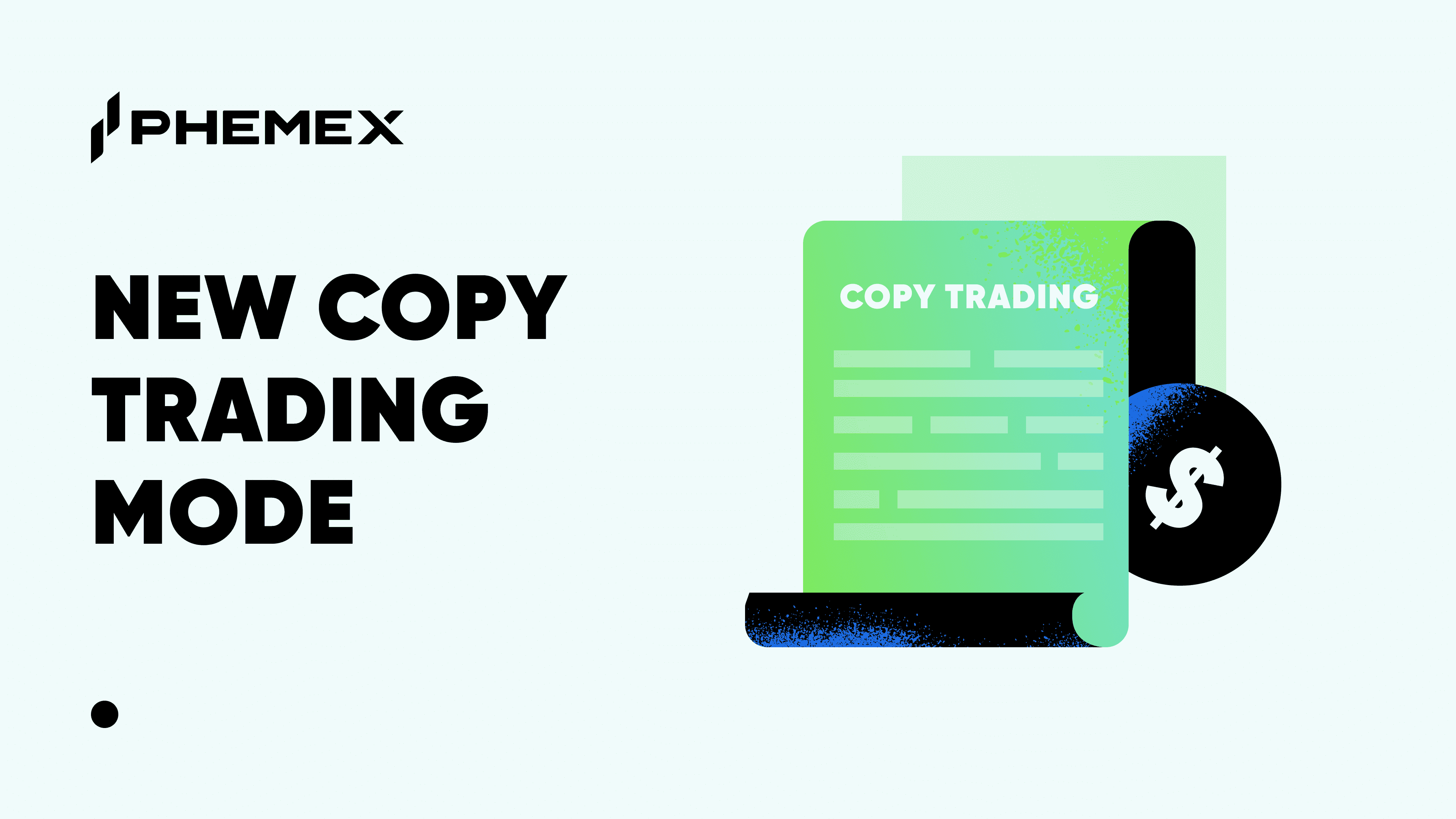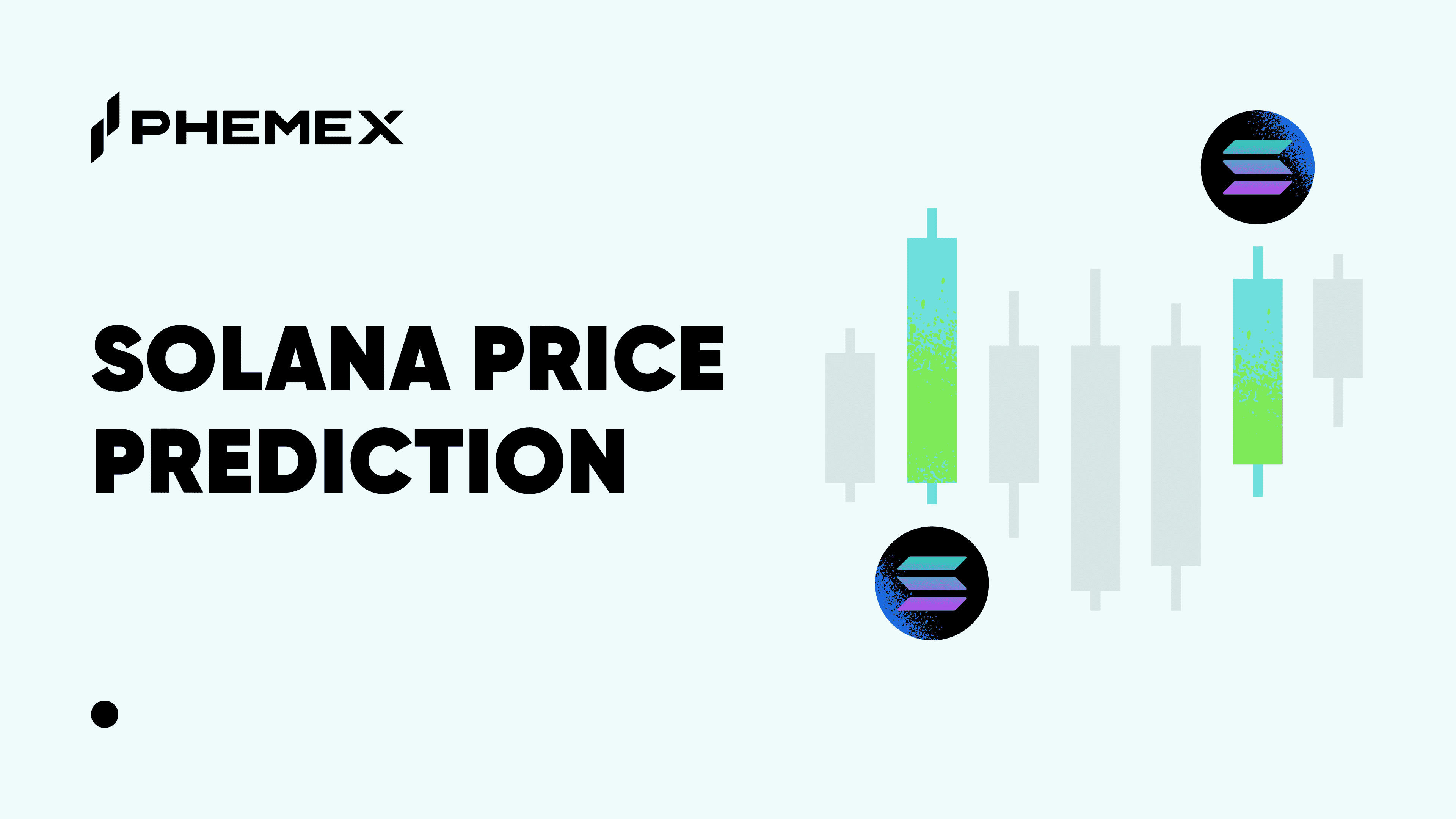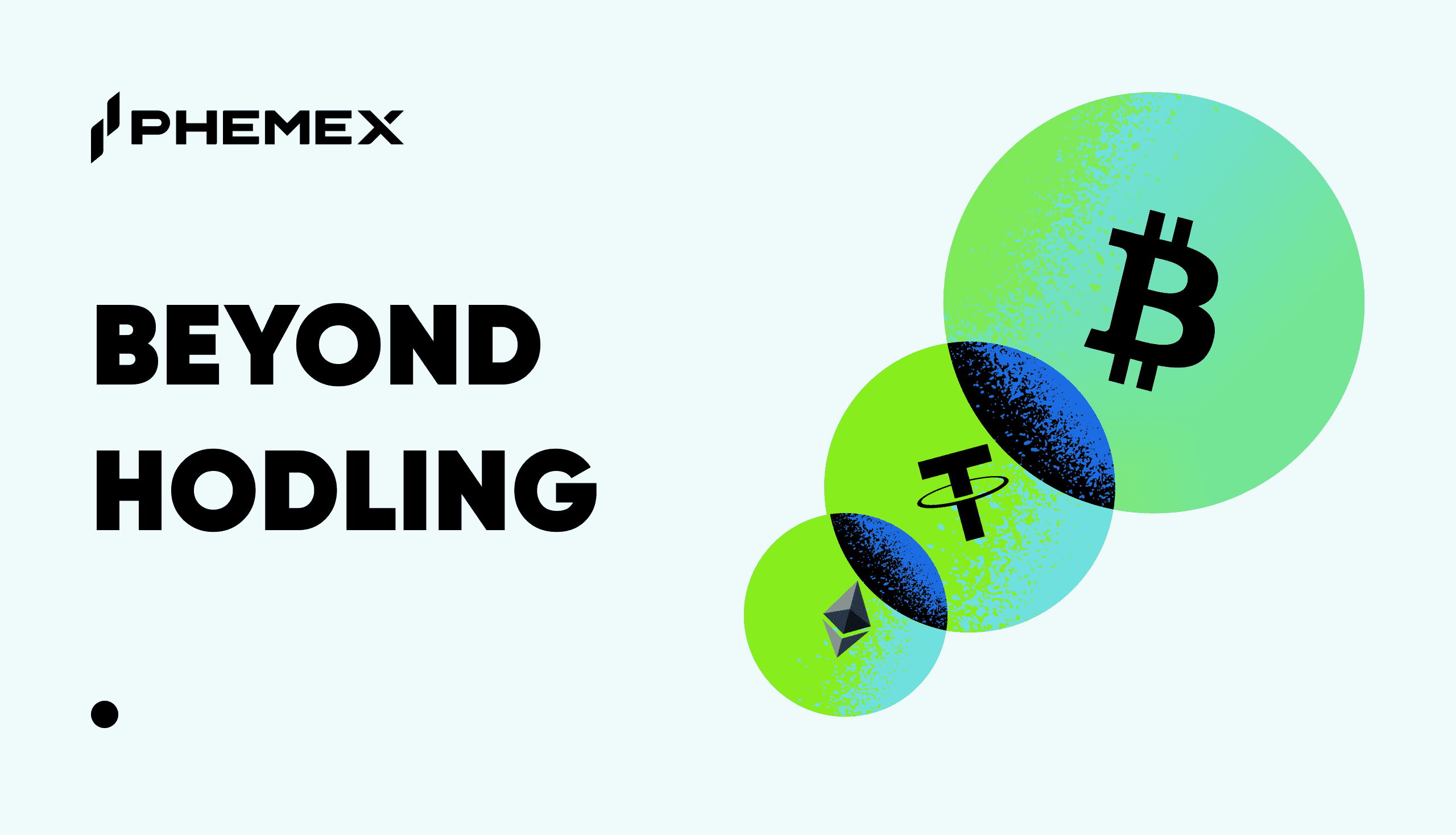Launched in 2009 by the pseudonymous programmer Satoshi Nakamoto, Bitcoin (BTC) is considered the first cryptocurrency by both crypto enthusiasts and casual users. Its underlying blockchain technology has gained considerable traction wherein tech giants such as Amazon, Facebook, and Microsoft, are even building and selling blockchain-based services and products. The success of the first cryptocurrency gave rise to numerous alternative coins, colloquially known as altcoins.
What are Altcoins?
An altcoin simply refers to a cryptocurrency other than Bitcoin. For those wondering how many altcoins there are in the market, there are over 18,000 according to CoinMarketCap. Some of these attempt to fix perceived weaknesses in the Bitcoin protocol, while others pursue entirely different goals and objectives. This piece will briefly introduce a selection of popular altcoins, should you invest in altcoins, how they differ from Bitcoin, and other altcoin titbits.
What Are The Different Types of Altcoins?
Altcoins can be categorized based on their utility and consensus mechanism. Note that some altcoins can fall into multiple categories. Here are a few of the major cryptocurrency categories and the most popular cryptocurrencies under them:
Bitcoin Forks
Although these are not the first alternatives to appear chronologically, logically, they’re the best place to start. Bitcoin forks are roughly defined as changes made or rules added to the main protocol. Sometimes, the entire community is in agreement with the changes and then fully transitions into the improved version. Other times, opinions are split, dividing the community into multiple fragments. In these cases, new versions of Bitcoin are formed.
The process can be imagined as a family tree. While each branch represents a unique individual or a different version of Bitcoin, the trunk represents the original base protocol or ancestor from which they all originate. To reiterate, any time a portion of the community chooses to follow a new set of rules that others do not, a fork is created. As we will see, forking is a process that can happen to any unique cryptocurrency or even to other forks.
Bitcoin Cash (BCH)

Though there are over 100 Bitcoin fork projects, Bitcoin Cash (BCH) is by far the most successful. BCH falls under the category of altcoins that attempt to improve on Bitcoin’s limitations. One of the primary challenges facing the validation system described about Bitcoin and its blockchain is the amount of and the speed at which transactions get verified.
Bitcoin’s current theoretical block size is 4 megabytes, in practice, it’s closer to 2 megabytes. Recall that transactions are grouped into blocks. Therefore, the size of a block directly correlates to the number of transactions that can be verified and added to the blockchain in a given period of time. Currently, Bitcoin processes about 7 transactions per second (TPS). This is a minuscule number when compared to Visa’s average of 24,000 TPS. As Bitcoin’s user base grows, time and congestion issues become more pronounced.
Concerned with Bitcoin’s ability to scale, some developers forked and created Bitcoin Cash in August of 2017. The primary improvement added to this new currency was an increased block size of 8MB. This resulted in much faster transaction speeds and lower transaction fees. Where BTC is today more commonly used as a form of digital gold (an investment asset or store of value), BCH positions itself as an effective payment system.
In other words, as its name implies, it’s meant to be used as easily as cash. Nevertheless, BCH also comes with its own set of challenges and disadvantages. Perhaps the most troubling of these is its low levels of adoption and investor faith. Though those within the crypto community may be familiar with BCH, those outside of it are not. With a relatively small number of users, average block sizes mined on its blockchain are actually smaller than Bitcoin’s. This means that its sole purpose of allowing more transactions through larger blocks has not even been truly tested.
Besides this, other altcoins have sprung up to challenge BCH’s ambitions of becoming a ubiquitous medium for daily transactions. Finally, just as disagreements with the direction of Bitcoin’s future resulted in BCH, disagreements with the direction BCH have yielded yet another fork, Bitcoin SV (BSV). The amount of competition coupled with other security and safety concerns will likely limit BCH’s success for quite some time.

Mining-based Altcoins
Unlike Bitcoin forks, these variations of altcoins have their own independent blockchains. However, these are still largely inspired and based on Bitcoin’s original protocol. Principally, they still maintain a system that generates new coins through mining or solving complex mathematical puzzles. For more details about the basics of altcoin mining, please refer to What is Mining.
Litecoin (LTC)

Litecoin (LTC) was the first successful non-Bitcoin alternative that has survived to this day. In fact, at one point it was widely accepted as the second-best cryptocurrency after BTC.
However, as of the time of writing this article, it has fallen to a still respectable 20th place in terms of market cap. Just like BCH, LTC also prioritizes speed. Litecoin transactions are verified about 4x faster than Bitcoin’s.
Another fundamental difference comes in terms of its proof of work mechanism. It employs a much simpler algorithm known as Scrypt. Because of the increased complexity of Bitcoin’s algorithm, miners must use highly specialized tools or devices that are out-of-reach for everyday users. Much of Litecoin’s mining, on the other hand, can and is still being done through standard CPUs and GPUs. This distinction renders LTC a much more accessible project.
In most respects, it is truly a lighter version of Bitcoin. Many have remarked that Bitcoin and Litecoin are the gold and silver of cryptocurrencies.
To learn the technology behind Litecoin, please read “What is Litecoin”.
Ethereum (ETH)

Ethereum (ETH) is a giant leap in the evolution of mining-based altcoins. Unlike LTC and countless other alternatives, Ethereum introduces some radically new concepts and objectives that truly distinguish it from Bitcoin. Ethereum is a cryptocurrency platform or blockchain that features a smart contract functionality.
These contracts are essentially sets of conditions that when met, automatically trigger the execution of certain actions. They allow developers to create unique decentralized applications (DApp) that run on this network. For example, financial services such as lending and borrowing can be recreated and automated through smart contracts that eliminate the need for third-party intermediaries.
For these programs to run, they must pay the network a computational power fee in the form of ether or ETH. This is the Ethereum network’s cryptocurrency and the fuel that powers contracts. Ethereum’s goal is not to create yet another version of a digital currency like Bitcoin, but rather to leverage blockchain technology for a variety of decentralized and tamper-proof applications.
Like Bitcoin, Ethereum currently runs on the Proof-of-Work (PoW) consensus algorithm. In a PoW system, computational resources are consumed for transaction validation. However, Ethereum has plans to move to a Proof-of-Stake (PoS) system where transactions are validated based on the amount of coins staked. The move to PoS will make mining obsolete and cut Ethereum’s energy consumption by 99%, thereby removing one of the most prominent criticisms faced by the blockchain giant. To become a transaction validator on Ethereum, users would need to stake 32 ETH.
Ethereum has its own forks, with Ethereum Classic (ETC) as the most popular. In 2016, the early Ethereum decentralized autonomous organization (DAO) was hacked due to vulnerabilities in its codebase, and 3.6 million ETH were stolen. A hard fork was executed to restore the stolen funds and circumvent other issues at the time.
Those who refused the hard fork backed the pre-forked version, presently known as Ethereum Classic. The crypto community has several concerns over this Ethereum fork. Security is one of the significant challenges as the Ethereum Classic blockchain has suffered a 51% attack where the hackers stole over $5 million worth of ETC in 2020.
To learn more, please read our articles, “What Is Ethereum” and “What Is Ethereum Classic.”
Proof-of-Stake-based (PoS) Altcoins
Proof-of-stake emerged as an alternative consensus mechanism for transaction validation. As mentioned previously, a PoS system involves users staking their crypto funds to become validators in the network. Validators have the same responsibilities as miners wherein they order transactions, create new blocks, and attest to other validators’ block proposals.
Cardano (ADA)

Cardano (ADA) is the largest PoS staking network and ranks 7th by market cap. Cardano currently hosts over 600 projects in its ecosystem, covering multiple features and sectors, including non-fungible tokens (NFT), decentralized exchanges (DEX), decentralized finance (DeFi), and the Metaverse.
Unlike Ethereum, Cardano’s smart contracts are powered by ADA, its native cryptocurrency. Cardano adopts the Ouroboros Proof-of-Stake consensus protocol that distributes network control across numerous stake pools. Users can run their own stake pool or delegate their ADA to existing stake pools if they do not have the skill to operate their own nodes. Users that stake ADA in these pools will earn rewards in proportion to the amount of coins delegated.
Cardano builds upon the foundation provided by Ethereum’s smart contracts and aims to ultimately offer higher scalability, improved performance, enhanced security, and better energy efficiency. This project is unique as it focuses heavily on code scrutiny and science-based development.
Cardano relies on peer-reviewed research wherein its theories are presented as scientific papers and shared at professional conferences frequented by other researchers. This approach has attracted the ire of some in the crypto community, who feel that this peer-reviewed approach has significantly slowed the development of Cardano and hindered its adoption progress.
Nonetheless, the project still holds value in the long term with upcoming upgrades and project launches. For example, the Cardano Hydra upgrade will significantly boost the transaction processing speed.
For more information, please read “What Is Cardano.”

Stablecoins
These cryptocurrencies are designed to minimize and reduce financial risks. Bitcoin and a vast majority of altcoins are both highly volatile and highly correlated. The price of Bitcoin is often prone to large fluctuations that can happen within minutes or even seconds. When Bitcoin experiences such drastic changes, many altcoins follow suit. Stablecoins offer investors refuge from these price falls by providing alternatives that are not subject to the same risks. These altcoins are backed by less volatile assets such as commodities, fiat currencies, or carefully selected baskets of other cryptocurrencies.

Commodity-backed
The value of commodity-backed stablecoins is both fixed to and redeemable for target commodities such as gold, silver, and other precious metals. Digix Gold Tokens (DGX) for example, are backed by gold. At any point, a holder of this token should be able to redeem it for an equivalent value in gold. Commodity-backed stablecoins are also the least prone to inflation given that it’s much harder to mine and increase the supply of a metal than it is for a central bank to print more money.
Fiat-Backed
TrueUSD (TUSD), USD Tether (USDT), and USD Coin (USDC) are all examples of stablecoins that are pegged to the United States Dollar. As such, the value of one of these coins should always be as close as possible to one US Dollar. For more of these tokens to be issued, companies must first deposit the same amount in USD into their reserves. However, USDT for example has faced criticism as they have been unable or unwilling to provide audit reports proving the true value of their reserves.
Cryptocurrency-backed
As expected, these are stablecoins that are generally backed by a portfolio of other cryptocurrencies. The implementation of this system is much more complex than its fiat and commodity counterparts. This is because unlike these two options, the collateralization of this stablecoin happens on the blockchain with the use of smart contracts. For price stability to be achieved, it must employ additional instruments and incentives beyond collateral.
Altcoin Dominance
An actual altcoin dominance chart of all the altcoins in the market does not exist. Hence, altcoin dominance is generally determined by analyzing Bitcoin’s dominance. To do so, traders compare Bitcoin’s market cap to the overall cryptocurrency market’s capitalization. If there is a sudden drop in Bitcoin’s dominance, it typically means that altcoin season has arrived.
The figure below showcases Bitcoin’s dominance in the past few years. Near the end of 2018, Bitcoin’s dominance fell below 37.5%, signifying an altcoin season where over 20 altcoins reportedly doubled in value. The altcoin season then ended when Bitcoin’s market cap gradually recovered, hitting over 60% in mid-2019.
The most recent one to date, arrived near the end of 2020. At the time, Bitcoin’s dominance fell to a little over 40%, while various altcoins, such as ETH and ADA, skyrocketed in value. The altcoin season reportedly ended in May 2021 as Bitcoin’s market cap slowly rose again. However, Bitcoin’s dominance didn’t really recover to its previously highs and now hovers around 40% to 47.5%.

Bitcoin market cap dominance chart. (Source: TradingView)
How To Buy Altcoins?
To begin trading or investing in altcoins, you need to look for a cryptocurrency exchange. There are many exchanges in the crypto world, and it’s difficult to say which is the best place to buy altcoins as each of them has its own advantages and drawbacks. The main factors include the number of supported assets, trading fees, trading volume, and security.

The best cryptocurrency exchange for altcoins would theoretically offer an extensive variety of crypto assets, low trading fees, adequately high trading volume, and good security to keep funds safe. An example of an altcoin exchange is Phemex, which offers many top cryptos such as ETH, LTC, ADA, and SOL.
Before buying altcoins on Phemex, you will need to create an account with your email and password. After purchasing crypto on Phemex by using a credit card or bank transfer, the assets can be found in your Phemex wallet. You can then opt to transfer the assets to a different crypto or altcoin wallet, such as MetaMask, to use the funds in the various ecosystems mentioned above. A crypto wallet is an application that stores the keys that allow users to store and retrieve their digital assets.
If you are unwilling to share personal information in order to buy assets from centralized exchanges (CEX), you may opt for decentralized exchanges (DEX). However, if you are looking to become an altcoin trader, you should note that some DEXs have lower trading volumes and market liquidity. Such DEXs are more prone to price volatility as small trades can cause significant price changes.
On the other hand, if you are looking to enter the crypto market without actually buying and holding cryptocurrency, you can opt to purchase exchange-traded funds (ETF). These tend to be lower-risk investments that track the underlying asset’s value and are traded on traditional exchanges. For example, an altcoin ETF like CI Galaxy Ethereum ETF (ETHX) or Purpose Ether ETF (ETHH) would track the value of Ethereum.

What are the Best Altcoins To Buy?
The current top 10 cryptocurrencies according to the market cap are shown in the figure below, with Bitcoin (BTC) still taking the top spot. Ethereum (ETH), which is the most popular altcoin, takes second place with other coins such as Cardano (ADA) and Solana (SOL) on the list.
If you’re looking to invest in cryptocurrencies, most of these top coins can be considered safer bets. Most of these projects are of lower risk, and the price movement has mostly stabilized, but this also means that users will not be able to net huge gains.

Top 10 cryptocurrencies as of May 2022. (Source: CoinMarketCap)
Users with higher risk tolerance may opt for newer cryptocurrencies that have not experienced huge jumps in price. However, this is inherently riskier as price crashes and project failures are commonplace in the cryptocurrency market.
If you did your own research (DYOR), finding the next 10x or 100x coin is possible. For example, from the top 10 performing coins in 2021 shown below, various altcoins, such as Polygon (MATIC) increased over 100x in value, with Solana (SOL) and Avalanche (AVAX) also doing relatively well, rising by more than 10x. These projects still remain relatively good options because their userbase may continue to rise, which may give another boost in price.

The top-performing cryptocurrencies in 2022 are displayed in the figure below. In the top place, STEPN (GMT) has already gone through a 20x rise in value, while ApeCoin (APE) takes second place, having risen over 15x in value. Nonetheless, it is unclear if any of the coins on the list right now will continue their upward momentum due to the cryptocurrency market’s volatility. Thus, traders and investors need to do their own diligence and opt for coins with good utility and reputable teams to avoid falling for scams or rugpulls and lose money.

Top 10 best performing cryptocurrencies of 2022. (Source: CoinMarketCap)
Should You Buy Altcoins?
Bitcoin is considered a highly speculative asset with higher price volatility than traditional investments such as bonds, stocks, and shares. Altcoins are believed to be even more volatile than Bitcoin and carry much higher risk. Users can lose significant amounts of money very quickly. Moreover, most altcoins rarely recover after a price crash. Hence, users must do their own research (DYOR) and seek out high-quality projects or top altcoins with solid fundamentals for investment.
On the other hand, altcoins can offer significant gains, especially during the altcoin season where various tokens and coins outperform Bitcoin. An altcoin season usually starts when Bitcoin’s dominance in the market wanes as traders and investors exit their BTC positions and take profit.
While imperfect, users can use a Bitcoin dominance chart to analyze market sentiment and determine whether the market is currently dominated by Bitcoin or altcoins. In the end, users must weigh the pros and cons of altcoin investing. Altcoins should be treated as high-risk investments, and users should only invest money that they can afford to lose.
Conclusion
Because over 18,000 altcoins currently exist, it is impossible to cover them all. The purpose of this article is not to provide a comprehensive guide for every Bitcoin alternative, but rather a summary of some of the more prominent projects in the history of altcoins. Many of the current top 10 cryptocurrencies that were not mentioned here will likely be covered in future articles.
However, the basic knowledge and snapshot offered by this article should provide you a good starting point to study and research any other rising alternatives or coins of interest. Readers should also note that it is hard to say which are the best altcoins to buy as the cryptocurrency market is still relatively young compared to the traditional markets. New and more improved projects may emerge in the future and eclipse the current popular projects.
Read More
- What is Cryptocurrency & How It Differs From Digital Cash
- How To Do Crypto Research: The Best Ways to Get Started
- How To Trade Crypto: The Ultimate Investing Guide
- May 2021 Crypto Market Analysis
- What is Bitcoin: World’s Largest “Group Project”
- Why Does Bitcoin Have Value?
- Top Penny Cryptos to Invest in 2023 (With 5-Point Checklist)
- What is Cryptocurrency & How does it Work?











